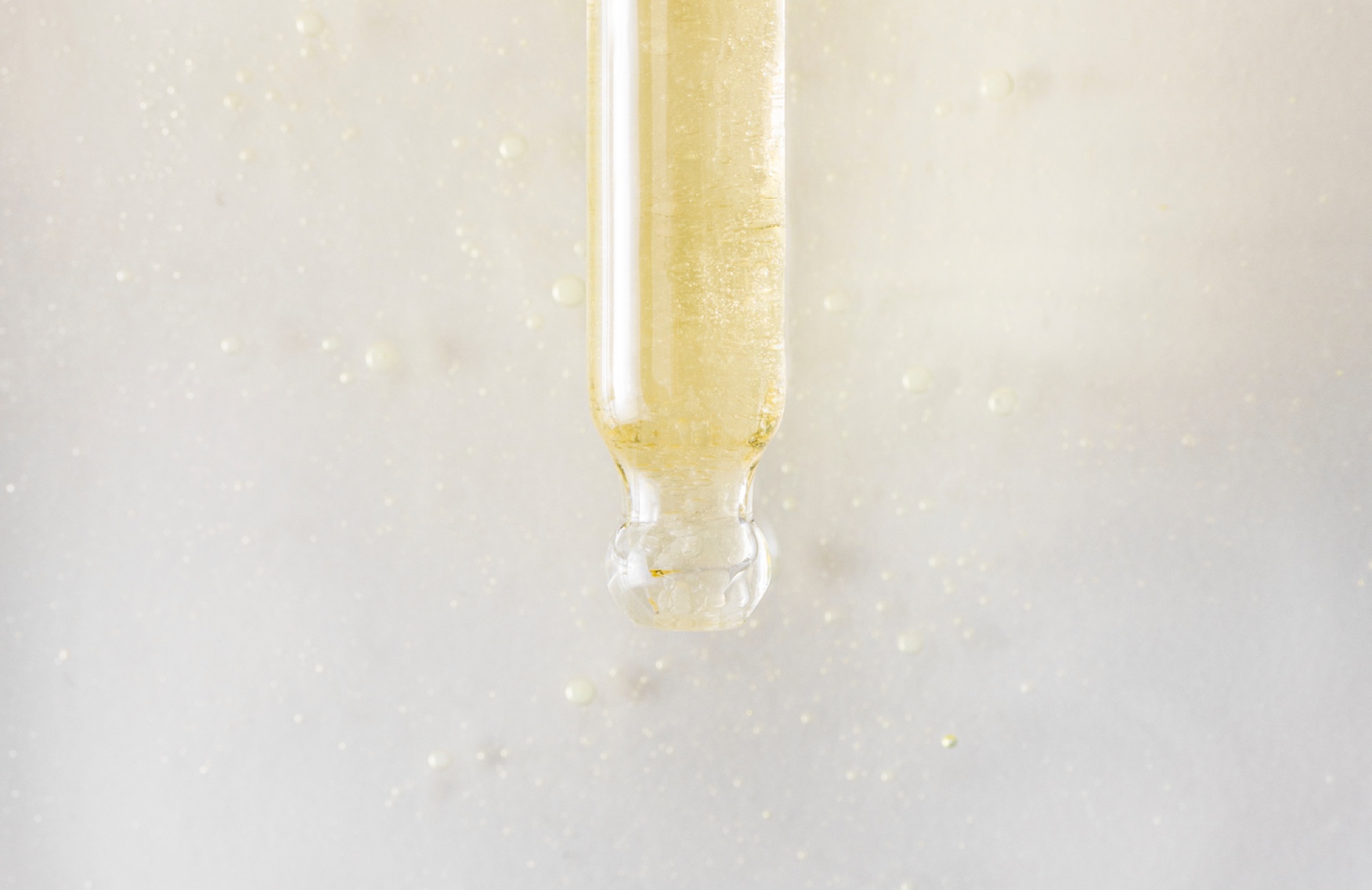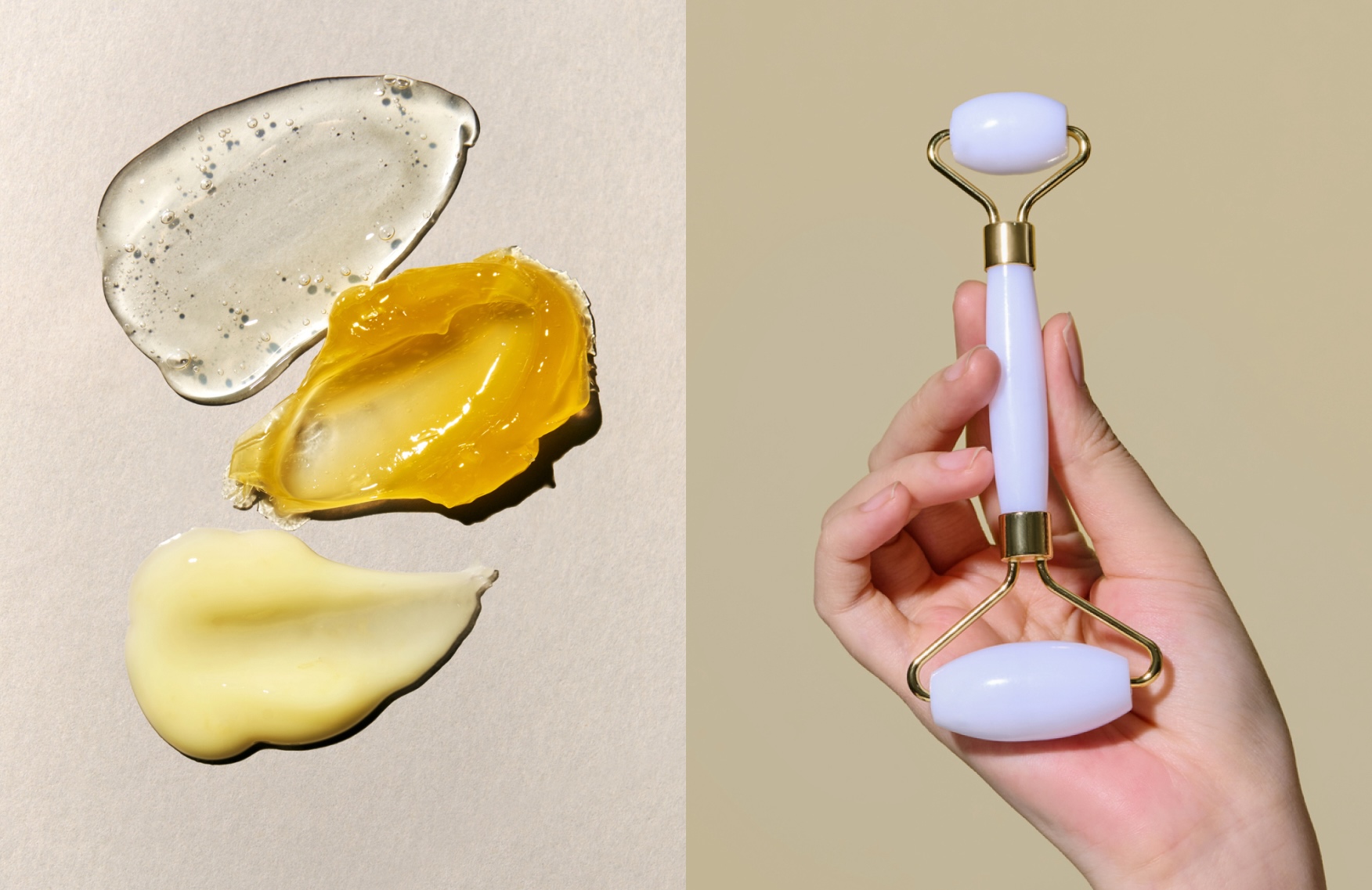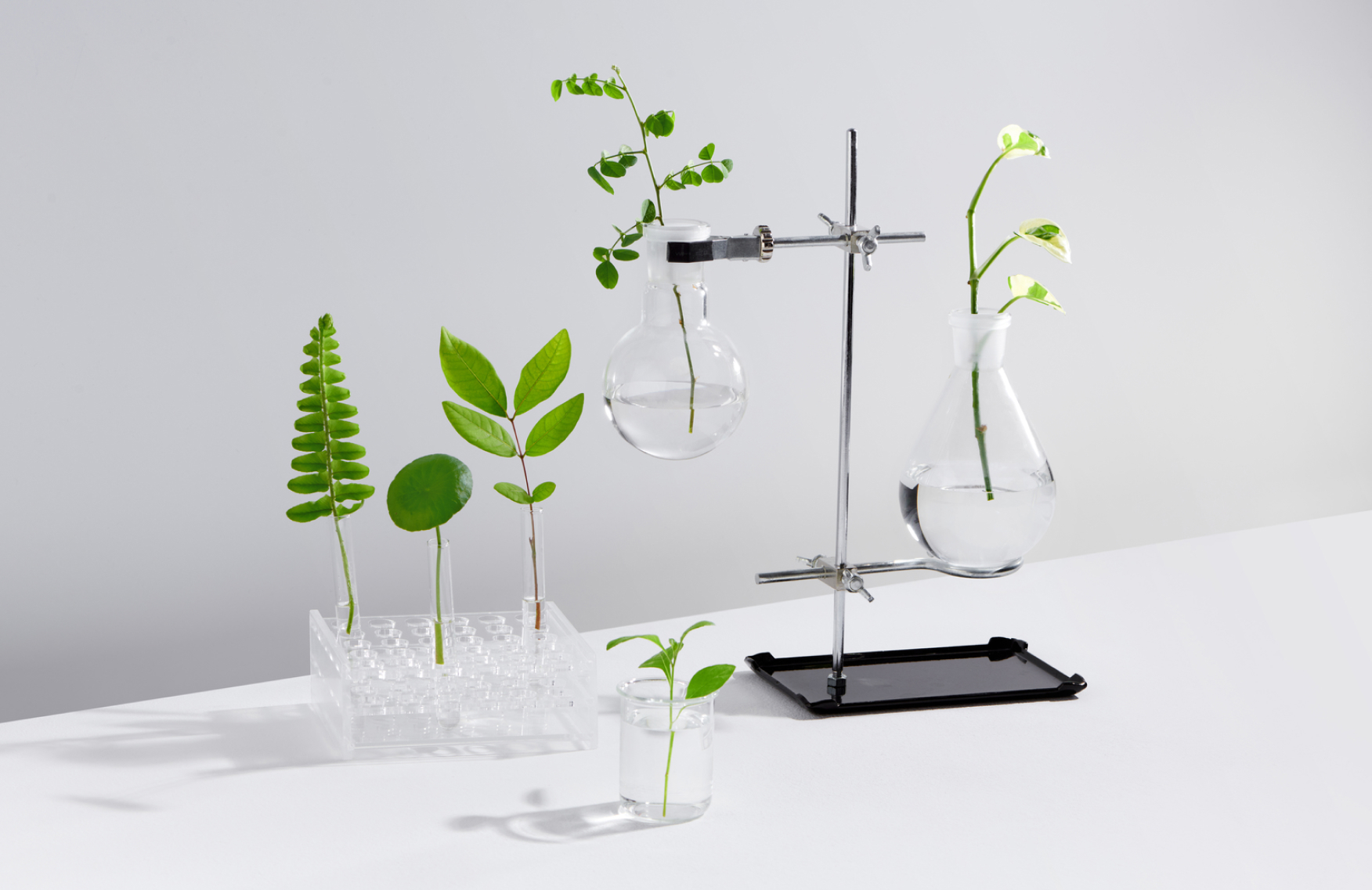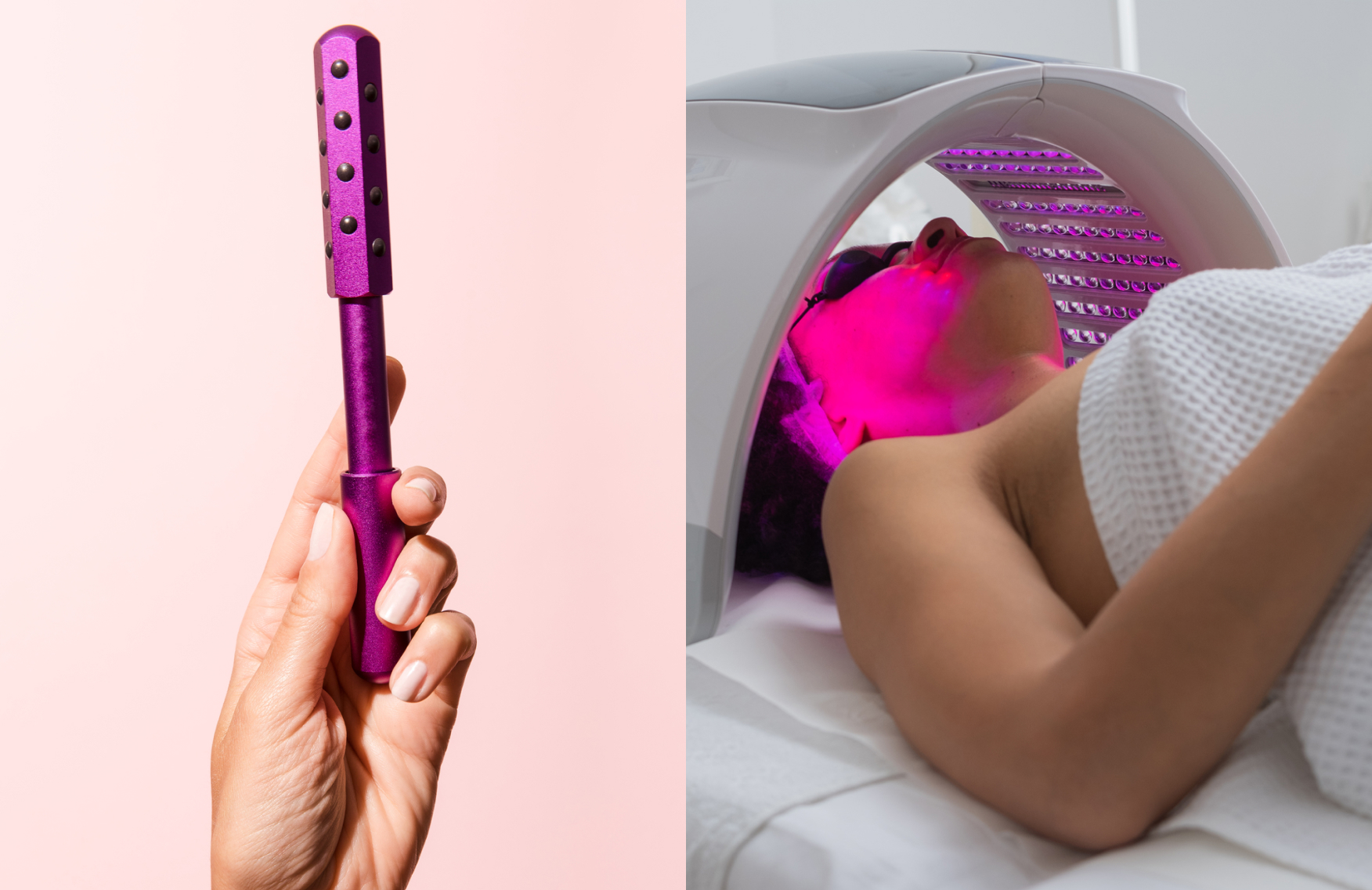Hype or holy grail, part 2: Are hexylresorcinol and niacinamide the ultimate skin-brightening power pair?

Skin in need a wake-up call? Cocktailing (aka, layering active skincare ingredients) can be the solution—and it’s just fun to feel like a chemist! But cocktailing the wrong ingredients can leave your skin in a world of hurt. Here, we examine the benefits of layering hexylresorcinol skincare with niacinamide, two ingredient power-hitters that can refresh and revive for brighter skin.
What are hexylresorcinol and niacinamide?
Hexylresorcinol is an alkyl resorcinol, a lipid (more commonly known as fat) found almost exclusively in wheat and rye grains. Once regulated to dentist’s offices for its antiseptic qualities, hexylresorcinol has recently been recognized for triumphs in the world of dermatology: hexylresorcinol skincare has been proven to reduce the appearance of wrinkles and fine lines in the face, as well as hyperpigmentation.
Niacinamide, more widely known vitamin B3, packs a true punch. Like other types of vitamin B, niacinamide isn’t made naturally by our bodies despite being a crucial nutrient. Adding it into your skincare routine is supplementing for a vitamin you didn’t even know you needed.
Can niacinamide brighten skin? Research says: Absolutely. Niacinamide has been lauded in the realm of cosmetic science for its ability to even one’s skin tone, while and targeting hyperpigmentation and dark spots for skin brightening results you can trust.
Better together: the ways hexylresorcinol and niacinamide work in tandem
Niacinamide gets a huge boost when combined with hexylresorcinol, and the duo has been shown as an ideal new treatment option for providing even skin tone and supporting those aging skin stages but use caution. It’s best to find a single product that has been expertly combined at the right percentage and with complementary ingredients to deliver results, rather than playing skincare mixologist and combining them yourself.
Revive dull, tired skin with a hexylresorcinol and niacinamide cocktail. Hexylresorcinol acts directly on the active biological melanin pathway to stop melanin production right at the source. This leaves your skin feeling and looking brighter.
Niacinamide works similarly, except it doesn’t halt melanin production itself. Niacinamide is the sabotaging middleman between melanin and skin, intercepting the transfer of any pigmentation.
While they’re excellent for correcting skin damage, hexylresorcinol and niacinamide have shown to help prevent damage before it occurs, while also activating the production of a handful of necessary and beneficial healthy skin essentials like collagen, ceramides and more.
They can also help clear up any already-sustained sun damage on the skin (namely dark spots). Hexylresorcinol is excellent at preventing future sun damage because it reduces any photodamage—or skin cell degeneration caused by light, namely sunlight—that would normally result from UVB exposure.
Hexylresorcinol and niacinamide work in tandem to lock in essential moisture. Hexylresorcinol minimizes any trans-epidermal water loss—essentially, the drying out of the skin—cutting down dehydration of skin cells by about 50%. Niacinamide increases the body’s regular production of ceramides, which are lipids that act as our skin’s natural moisturizers.
Minimizing dermal water loss is crucial in strengthening your skin, as dry skin is the root of skin inelasticity, skin irritation, sensitivity, eczema and more. Since hexylresorcinol and niacinamide promote skin moisture in more ways than one, combining them may be the ultimate solution to the root of these skincare concerns.
The views expressed in this article do not necessarily represent the views of Murad, and are for informational purposes only, even if the advice of physicians and medical practitioners are included. This article is not a substitute for professional medical advice, diagnosis or treatment, and should not be considered specific medical advice.
References for this information:
The American Journal of Clinical Nutrition, 2019, volume 109, issue 2, pages 1-7
Journal of Biomolecular Research & Therapeutics, 2019, volume 8, issue 1
International Journal of Cosmetic Science, 2022, volume 44, issue 1, pages 103-117
British Journal of Dermatology, 2000, volume 143, issue 3, pages 524-531
More about skincare cocktailing and layering skincare ingredients here:
Hype or holy grail, part 1: Why is tranexamic acid trending for brighter skin?
Hype or holy grail, part 3: Six reminders why you need glycolic acid, plus the best ingredients to pair it with


